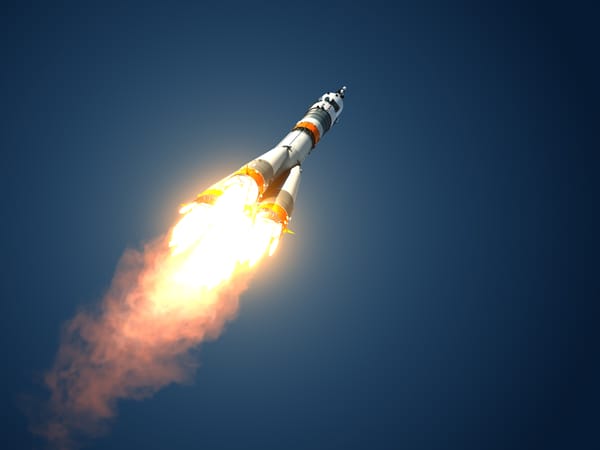Advanced Magnets and Superconductors
Advanced magnets and superconductors constitute a foundational technology for modern power systems, transportation, medical imaging, and defence applications by enabling ultra-efficient magnetic fields with virtually zero electrical resistance.

Advanced Magnets and Superconductors: A Strategic Enabler of National Capability
Advanced magnets and superconductors constitute a foundational technology for modern power systems, transportation, medical imaging, and defence applications by enabling ultra-efficient magnetic fields with virtually zero electrical resistance. Their exceptional performance characteristics—such as high critical current densities and strong magnetic flux pinning—permit the design of more compact, lighter, and higher-power devices than conventional copper-based electromagnets. As global energy demands and strategic competition intensify, mastery of superconducting materials and magnet technologies becomes essential for sustaining national technological sovereignty, economic competitiveness, and military advantage.
At a fundamental level, superconductors operate by entering a zero-resistance state below a critical temperature (Tc), allowing persistent currents to flow indefinitely in closed loops and generating powerful magnetic fields without the joule heating losses of traditional conductors. High-temperature superconductors (HTS), such as yttrium-barium-copper-oxide (YBCO), have Tc values above the boiling point of liquid nitrogen (77 K), making large‐scale cryogenic cooling more practical and cost-effective. Coupled with advancements in rare-earth permanent magnets—like neodymium-iron-boron (NdFeB) alloys that exhibit energy products exceeding 50 MGOe—these materials enable breakthroughs in motors, generators, magnetic resonance imaging (MRI), and particle accelerators.
When integrated into national infrastructure projects, superconducting power cables reduce transmission losses from roughly 5 % per 100 km down to less than 1 %, supporting grid resilience and decarbonization goals. In transportation, superconducting maglev trains can achieve levitation gaps of 10 mm at speeds exceeding 600 km/h, promising near-silent, low-maintenance intercity rail links. Defence applications leverage superconducting magnets in directed energy weapons and electromagnetic railguns, where compact, high-field coils are required to accelerate projectiles or focus high-energy beams.
Strategic Importance
From a national capability standpoint, leading in advanced magnet and superconductor technology confers multiple advantages across civilian and military domains. Superconducting grids bolster energy security by mitigating blackouts and enabling rapid load balancing, while maglev systems reduce fossil-fuel reliance and alleviate congestion. Precision control of magnetic fields aids in detecting submarines and hidden structures through advanced magnetic anomaly detection systems. In the medical sector, next-generation MRI machines using HTS magnets deliver 30 % higher image resolution and operate at 40 % lower energy costs, enhancing healthcare outcomes.
Moreover, domestic production of critical rare-earth elements and cryogenic systems underpins technology sovereignty, reducing strategic dependencies on foreign suppliers. Countries investing in superconducting research and scaled manufacturing position themselves to export high-value systems and attract skilled talent, reinforcing their innovation ecosystems.
Global Leaders in Advanced Magnets and Superconductors
- United States. The U.S. leads in both fundamental research and commercialization, supported by DOE’s Superconductivity Partnership Initiative and ARPA-E programs. National labs like Oak Ridge and Brookhaven accelerate HTS wire development for grid, transportation, and defence projects.
- China. Through its National Superconductor Program, China has tripled HTS wire production capacity since 2018 and deployed the world’s largest superconducting cable demo in Shanghai. State-owned firms are integrating superconductors into maglev trials and fusion research reactors.
- Germany. Germany’s superconducting research centers—such as the Karlsruhe Institute of Technology—excel in producing high-performance tapes and coils, underpinning Europe’s first commercial superconducting power link between nearby cities. German aerospace and automotive firms explore superconducting motors for electric aircraft.
- Japan. Japan remains a pioneer in bulk rare-earth magnet design and superconducting magnet applications. Toshiba and Sumitomo Electric specialize in high-field magnets for NMR spectroscopy and fusion energy research, while national grid operators test superconducting cables in urban networks.
- India. India’s Department of Science & Technology supports domestic HTS wire fabrication and magnet assembly, aiming to deploy superconducting cables in smart city pilots. Collaborations among IITs and research institutions seek to reduce rare-earth import dependency through novel material chemistries.
As advanced magnets and superconductors transition from laboratory prototypes to fielded systems, nations with robust research ecosystems and manufacturing capabilities will define the next era of high-performance, energy-efficient technologies—fortifying both economic prosperity and strategic resilience.




